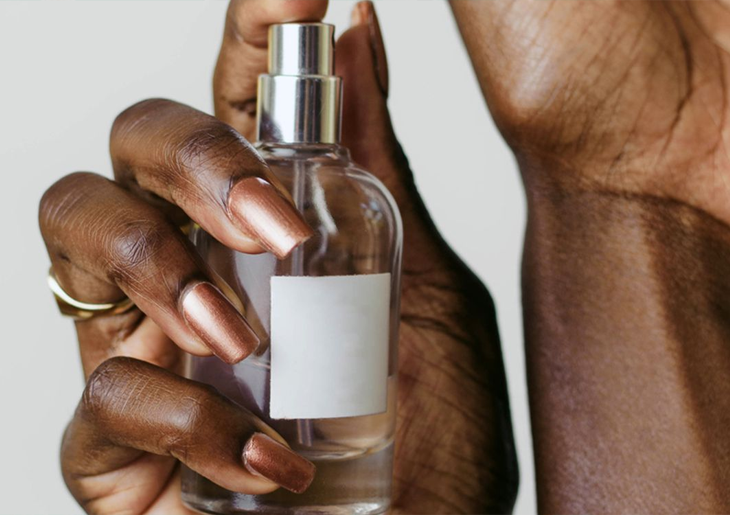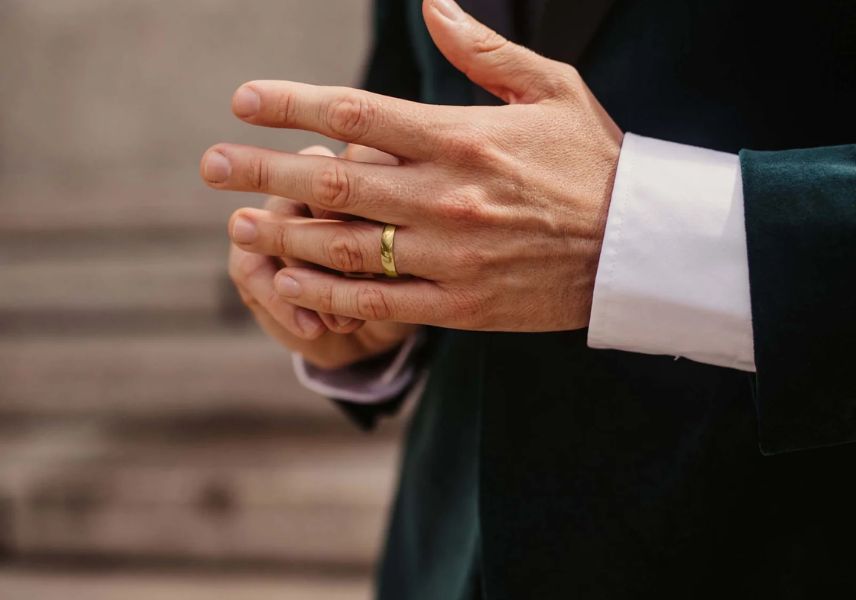Fragrance Layering How to Create a Signature Scent
Fragrance layering with the essence vault’s perfumes is a creative and personal way to develop a signature scent that is uniquely yours.

Creating a signature scent is a journey into the world of fragrance, where the art of layering perfumes can result in a unique olfactory experience that is entirely your own.
Fragrance layering, a technique used by perfumers and enthusiasts alike, involves combining multiple scents to create a complex and personalized aroma.
This blog will guide you through the essentials of fragrance layering by the essence vault , providing tips and tricks to help you craft a signature scent that reflects your individuality..
Understanding Fragrance Notes
Before diving into the art of layering, it’s important to understand the structure of a fragrance. Perfumes are composed of different notes, which are categorized into three layers:
1. Top Notes:
These are the initial scents you perceive upon application. They are usually light and fresh, such as citrus or herbal notes, and evaporate quickly.
2. Middle (Heart) Notes:
These emerge once the top notes dissipate and form the core of the fragrance. Floral, fruity, and spicy notes are commonly found in this layer.
3. Base Notes:
These are the long-lasting scents that develop after the middle notes fade. They provide depth and richness to the perfume, often including notes like musk, vanilla, and woods.
Understanding these layers helps in selecting complementary fragrances for layering.
Tips for Successful Fragrance Layering
1. Start Simple:
Begin with two perfumes: one as the base and the other as a top layer. As you become more comfortable with layering, you can experiment with additional scents.
2. Choose Complementary Scents:
Select fragrances with complementary notes. For instance, pairing a floral scent with a fruity one can create a harmonious blend. Avoid combining overly strong scents that might clash.
3. Test on Paper First:
Before applying to your skin, test your chosen combinations on fragrance blotters or paper strips. This helps you understand how the scents interact without overwhelming your senses.
4. Mind the Concentration:
Layer fragrances of different concentrations. For example, an Eau de Parfum (EDP) with a strong base note can be paired with a lighter Eau de Toilette (EDT) or body mist for a balanced effect.
5. Apply Strategically:
Apply the base scent to pulse points like wrists, neck, and behind the ears. Then, spritz the top scent lightly over the same areas or in the air and walk through it for an even distribution.
6. Consider the Season:
Tailor your layers to the season. Light, fresh combinations are ideal for spring and summer, while warmer, richer blends work well in fall and winter.
7. Be Patient:
Allow each layer to settle before applying the next. This ensures the scents have time to develop and interact naturally.
Step-by-Step Guide to Creating a Signature Scent
1. Identify Your Preferences:
Reflect on the types of scents you enjoy. Do you gravitate towards florals, Orientals, fresh, or woody fragrances? Understanding your preferences is the first step in creating a signature scent.
2. Select Your Base:
Choose a fragrance with a rich and lasting base note. This will serve as the foundation of your layered scent. Popular choices include vanilla, sandalwood, and musk.
3. Add a Heart Note:
Select a perfume with a prominent middle note that complements your base. For instance, a rose-based fragrance pairs beautifully with a sandalwood base.
4. Finish with a Top Note:
Pick a light and fresh fragrance to add as the top layer. Citrus, green, or aquatic notes can provide a refreshing finish to your signature scent.
5. Experiment and Adjust:
Don’t be afraid to experiment. Try different combinations with the essence vault and take note of how they evolve on your skin throughout the day. Adjust the ratios and application techniques until you find the perfect blend.
Popular Fragrance Layering Combinations
1. Floral and Woody:
a. Base: Sandalwood or cedarwood
b. Middle: Jasmine or rose
c. Top: Bergamot or mandarin
2. Citrus and Spicy:
a. Base: Vanilla or amber
b. Middle: Cardamom or cinnamon
c. Top: Lemon or grapefruit
3. Fresh and Fruity:
a. Base: Musk or vetiver
b. Middle: Peony or lily
c. Top: Pear or apple
Fragrance layering with the essence vault’s perfumes is a creative and personal way to develop a signature scent that is uniquely yours. By understanding fragrance notes and following these tips, you can confidently experiment with different combinations to discover a blend that resonates with your personality and style. Remember, the key to successful layering is balance and harmony. Enjoy the process and let your sense of smell guide you in crafting a fragrance that tells your story.
Recent Blogs
-

Why One-Size-Fits-All Vitamins No Longer Cut It
-

Your Wellness Your Way Discover Brellos Personalized Approach to Health
-

Ultimate Guide to Advanced Body Sculpting & Red Light Therapy by NuShape
-

Why Clean Drinking Water Isn’t Optional It’s Survival?
-

The Ultimate Statement in Men's Wedding Bands: The Cowboy, The CEO, and The Gentleman by Manly Bands